The Difference Between Bees and Wasps
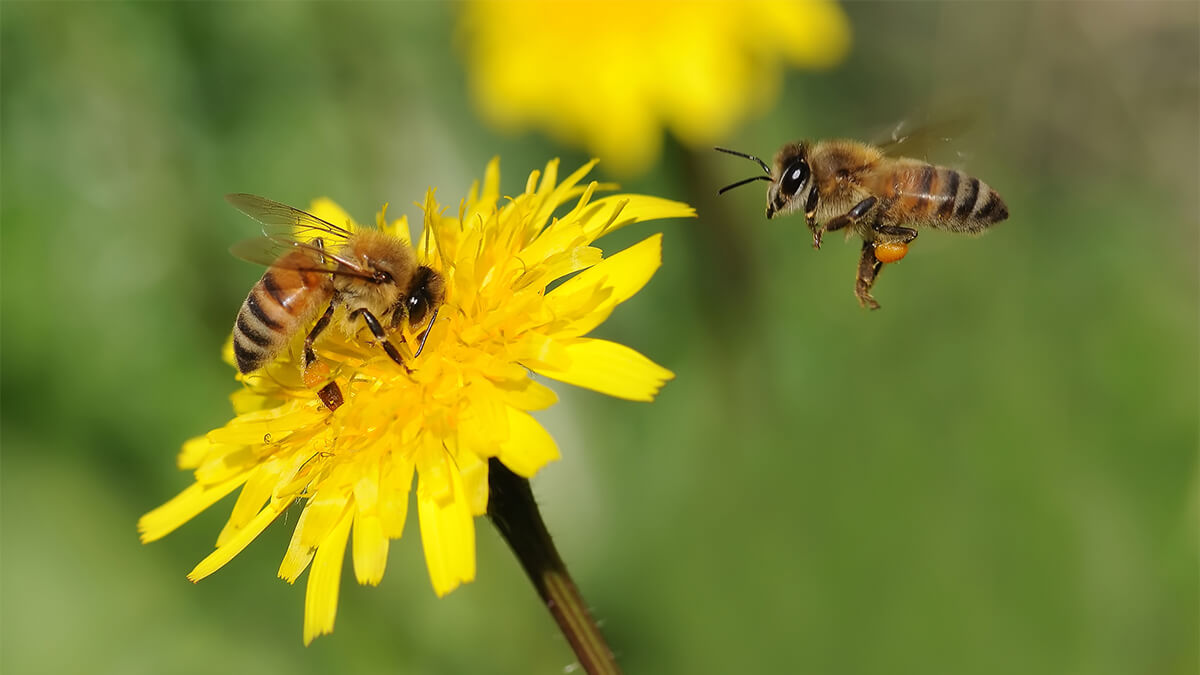
Bees and wasps seem pretty similar to the naked eye. There are some critical differences once you start examining both insects closely. The easiest way to recognise a bee from a wasp is by taking a closer look at their bodies and how they move during a flight. That might sound like a hard task but worry not! We're going to show you the differences between bees and wasps and how you can recognise them with ease! Let's take a look.
Physical characteristics of bees
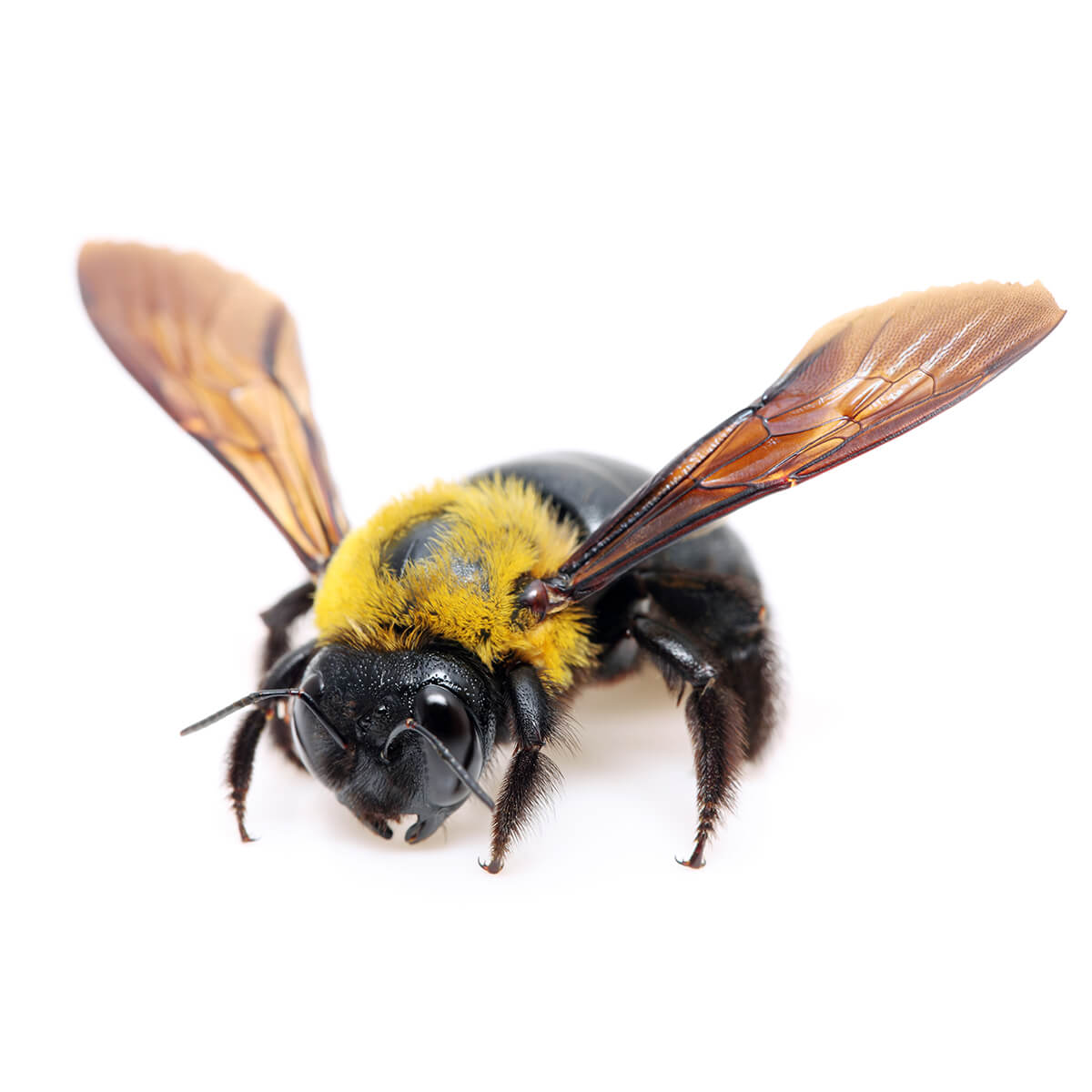
- Bees have hairy bodies. This way, they can carry as much pollen as possible and carry some to the next flower they visit.
- Chubbier and larger legs than wasps. Bees need to carry pollen in their legs, which are also hairy, making them appear chubbier than wasps.
- When bees fly, they usually look heavy and slow. The wings' stroke pattern of a bee is less efficient for fast-flying but very efficient for carrying a heavy load.
- You can find bees any various sizes – from 2mm stingless bees to 39 mm in length (being the biggest). That’s scary!
Interesting fact: There are around 20,000 known species of bees. Bumblebees and honeybees are only a tiny portion of the world’s bee population.
Physical characteristics of wasps
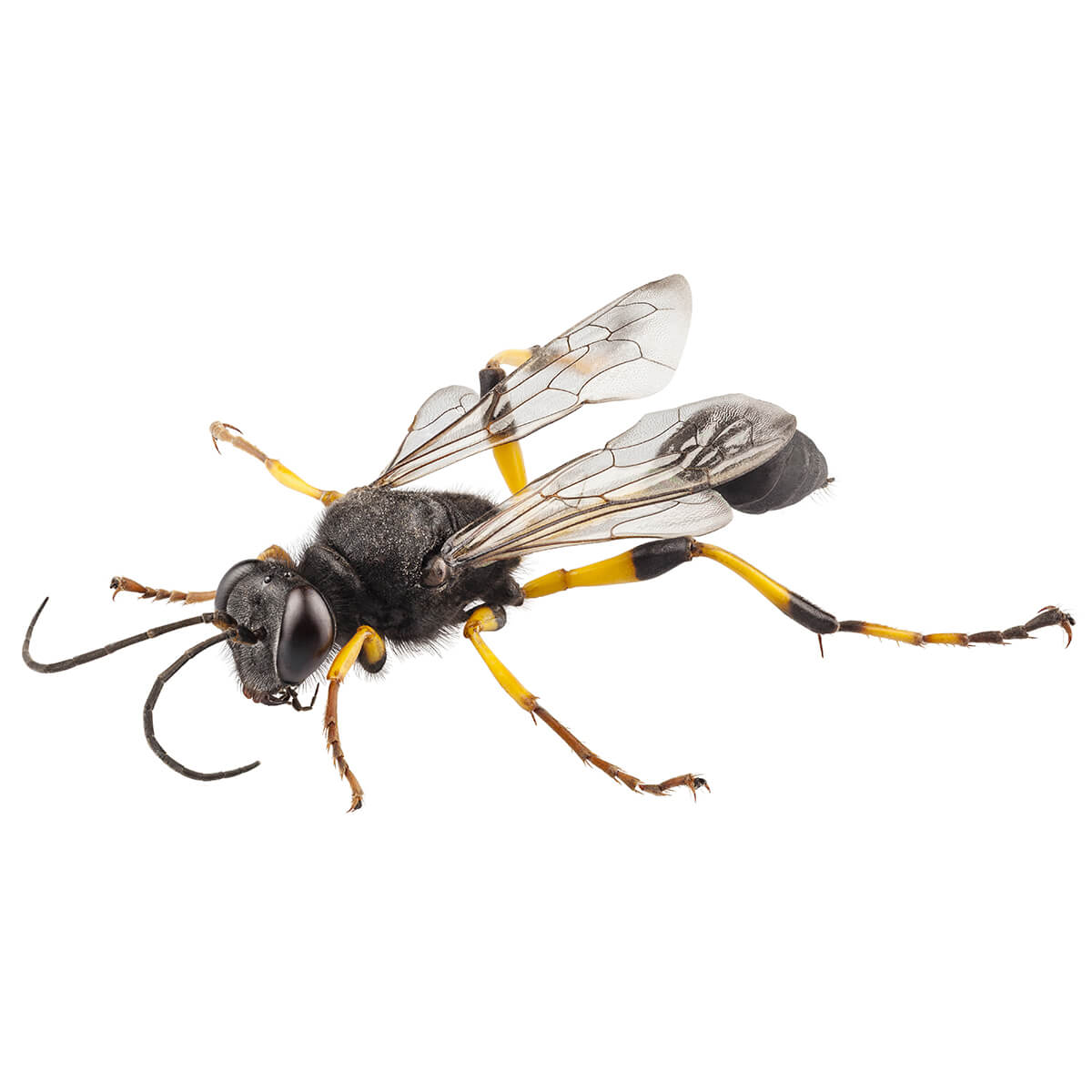
Shutterstock.com
- Wasps have slimmer bodies and are smooth. Their narrow waists allow them to curl their bodies so they can sting you. Ouch!
- They tend to have longer legs than bees. They don't need to carry pollen like the bees, so their legs are slimmer.
- Faster and lighter than bees. When in flight, wasps are much faster than bees because they have more aerodynamic bodies.
- Wasps feed on other insects, as well as sweet plants, nectar and honey. Yes, this means wasps are omnivores. However, they prefer to eat sweet nectar. When there is not enough food, wasps can even eat big caterpillars!
Interesting fact: There are over 100,000 species of wasp. Two common types of wasp are the yellowjacket wasp and the hornet.
Nests and hives differences
The hives of both insects is another sure way to differentiate them. Since the dawn of time, humans have looked after bees for their honey. However, in the wild, bees live in hives made in the cracks of rocks.
While wasps also prefer to nest in similar locations as bees, their nest is quite different. Wasp nests are mainly made from a paper-like substance.
Bee stings VS wasp stings
Whoever has experienced the agonising pain of being stung by a bee or a wasp doesn’t forget it. What’s even more worrying is if you can’t determine if it was a bee or a wasp.
Bee sting
As lovely and cute as they are, bees can also pack one heck of a punch in their stingers. While it’s not a big problem for most of us, some people can have an adverse allergic reaction. This is why it’s essential to identify a bee sting and know what to do if we or someone around us has been stung.
- Bees store their venom in a sac connected to the stinger. And only female bees can sting. A queen bee uses her ovipositor to lay eggs as well as sting!
- A bee can sting you only once! Yes! The reason for that simple - bee stingers are meant to sting other bees, not humans.
Keep in mind that bees rarely attack without a need. They sting only if handled roughly or if they perceive you as a threat to their hive. Every time they sting, it's certain death for them.
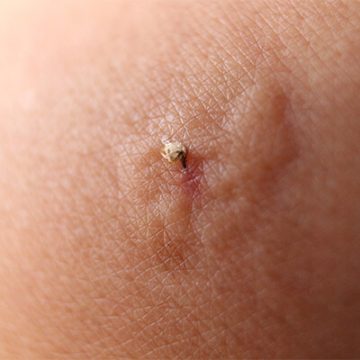
What does a bee sting feel like?
- Instant burning pain at the sting site
- The skin around the sting area gets red
- A slight swelling appears in a couple of minutes
Nothing dangerous. If you experience a severe allergic reaction by chance, you must make sure you get to the hospital as soon as possible!
Read more: How to Treat a Bee Sting
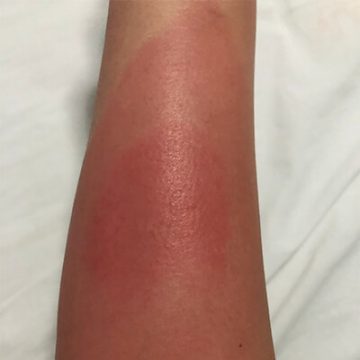
You can identify an allergic reaction from a bee sting if:
- Dizziness
- Fainting
- Difficulty breathing
- Vomiting and diarrhoea
If you experience any of these symptoms, go to a hospital as soon as possible!
Wasp sting
When comparing a wasp sting to a bee sting, think of the wasp as the bully that always beats the little fluffy bee. Wasps, unlike bees, can sting multiple times. They won’t die after one sting, and they know it.
- Unlike bees, wasps can sting multiple times without dying. And even without a stinger lodged into you, a wasp venom can cause damage.
- Wasps are omnivores and stingers. But that doesn't mean they're after you. Wasps feed on other insects, as well as sweet plants, nectar and honey. When there is not enough food, wasps can even eat big caterpillars!
Wasps are more aggressive by nature. However, a yellow jacket wasp will not sting if not irritated. Just like with bees, most wasps attack when they are threatened only. Often a wasp may lend on humans, but that’s because something got its attention. If you don’t make any sudden movements, the wasp will most likely leave you without doing any harm. Most wasp stings go away within one or two days.
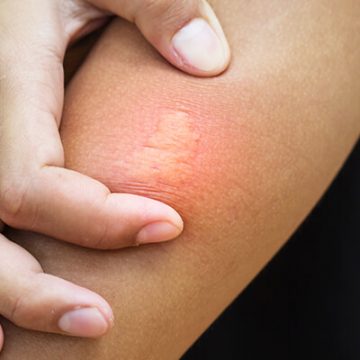
What does wasp sting feel like?
- Redness
- Swelling around the sting area
- Burning pain
Wasp stings are usually painful but they're just a mild irritation compared to the allergic reaction some people might get.
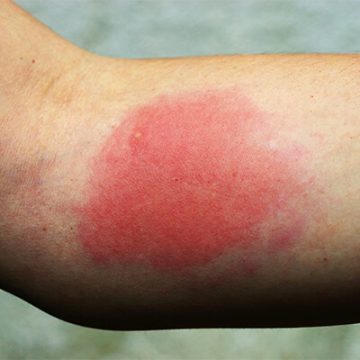
Symptoms that might indicate wasp sting allergic reaction:
- Swelling of the throat and face
- Difficulty breathing
- Dizziness
If you, or someone around you, develops these symptoms after a wasp sting, then make sure to get to the hospital as soon as possible.
What to do in case of bee or wasp infestation
There's no point in waiting if you suspect there's a bee or wasp nest near or in your property. We do not recommend attempting to remove the nests yourself! It can be extremely dangerous, as you might only agitate the hives. It's best to contact professionals for bee removal and wasp removal. They are trained to locate and remove the nest safely out of your property.